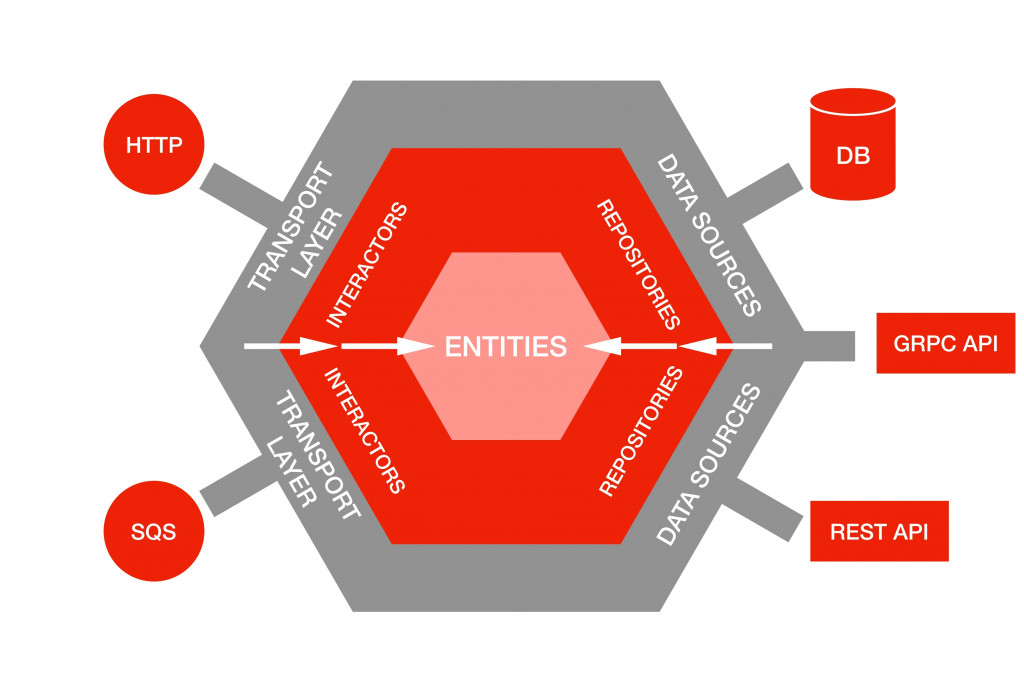You can use the go env command to view the values of these variables on your machine:
$ go env
...
GOARCH="amd64"
GOHOSTARCH="amd64"
GOHOSTOS="linux"
GOOS="linux"
...
Compile for Windows
Here’s the command you need to run to compile your Go project for a 64-bit Windows machine:
$ GOOS=windows GOARCH=amd64 go build -o bin/app-amd64.exe app.go
In this scenario, GOOS is windows, and GOARCH is amd64 indicating a 64-bit architecture. If you need to support a 32-bit architecture, all you need to do is change GOARCH to 386.
$ GOOS=windows GOARCH=386 go build -o bin/app-386.exe app.go
Compile for macOS
The GOARCH values for Windows are also valid for macOS, but in this case the required GOOS value is darwin:
# 64-bit
$ GOOS=darwin GOARCH=amd64 go build -o bin/app-amd64-darwin app.go
# 32-bit
$ GOOS=darwin GOARCH=386 go build -o bin/app-386-darwin app.go
Compile for Linux
To build your Go program for Linux, use linux as the value of GOOS and the appropriate GOARCH value for your target CPU architecture:
# 64-bit
$ GOOS=linux GOARCH=amd64 go build -o bin/app-amd64-linux app.go
# 32-bit
$ GOOS=linux GOARCH=386 go build -o bin/app-386-linux app.go
